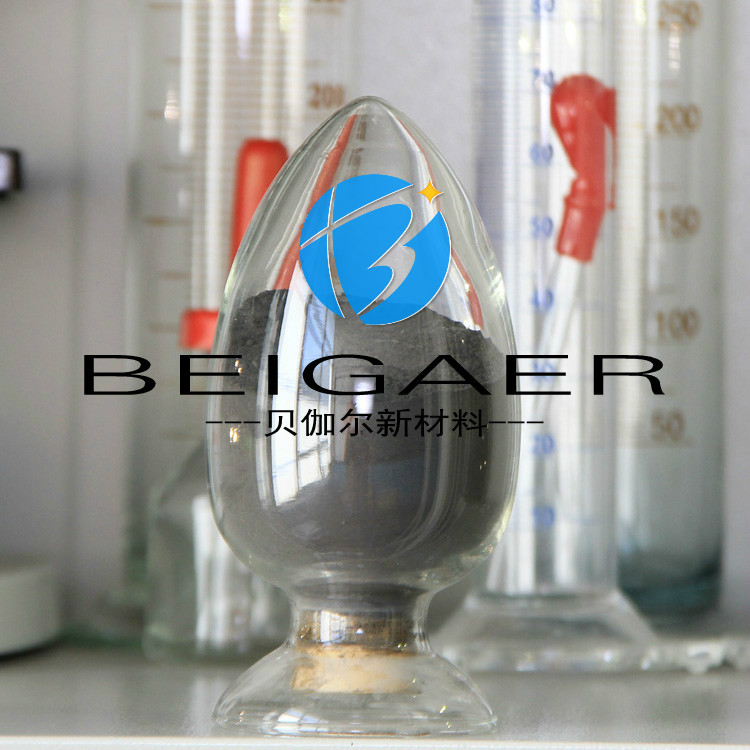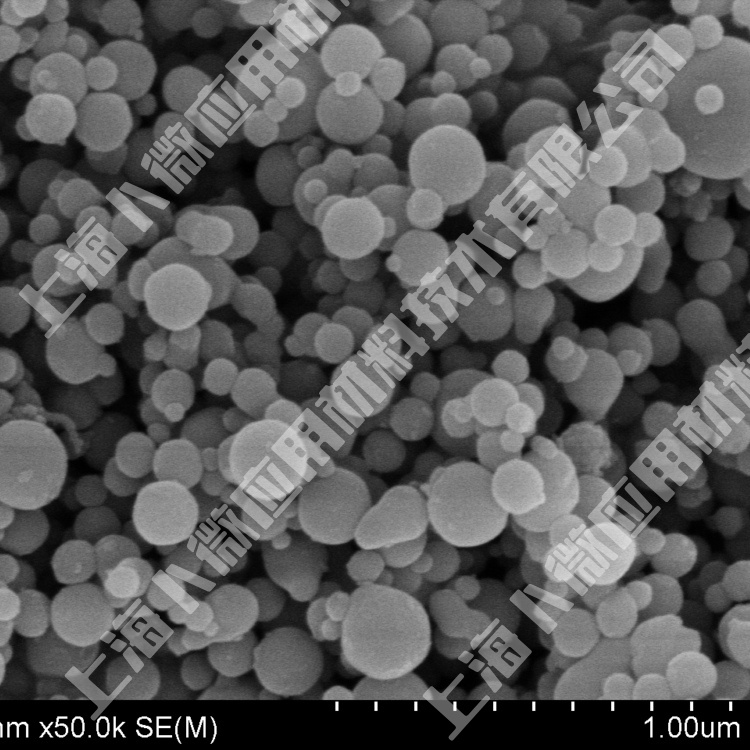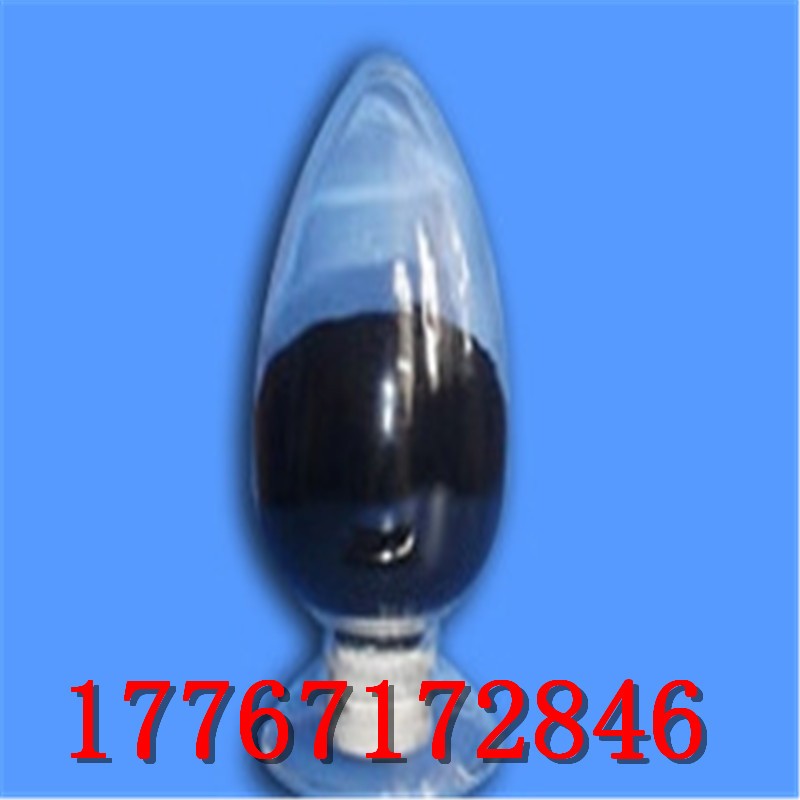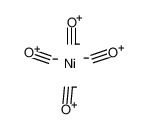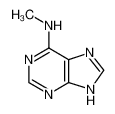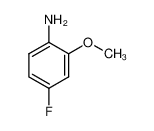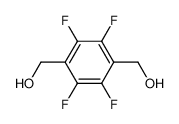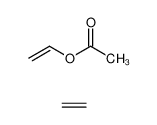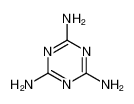| Product name | nickel atom |
|---|
| Product number | - |
|---|---|
| Other names | Nichel |
| Identified uses | For industry use only. Inorganic substances |
|---|---|
| Uses advised against | no data available |
| Company | MOLBASE (Shanghai) Biotechnology Co., Ltd. |
|---|---|
| Address | Floor 4 & 5, Building 12, No. 1001 North Qinzhou Road, Xuhui District, Shanghai, China |
| Telephone | +86(21)64956998 |
| Fax | +86(21)54365166 |
| Emergency phone number | +86-400-6021-666 |
|---|---|
| Service hours | Monday to Friday, 9am-5pm (Standard time zone: UTC/GMT +8 hours). |
no data available
2.2 GHS label elements, including precautionary statements| Pictogram(s) | no data available |
|---|---|
| Signal word | no data available |
| Hazard statement(s) | no data available |
| Precautionary statement(s) | |
| Prevention | no data available |
| Response | no data available |
| Storage | no data available |
| Disposal | no data available |
no data available
3.Composition/information on ingredients 3.1 Substances| Chemical name | Common names and synonyms | CAS number | EC number | Concentration |
|---|---|---|---|---|
| nickel atom | nickel atom | 7440-02-0 | none | 100% |
Consult a physician. Show this safety data sheet to the doctor in attendance.
If inhaledFresh air, rest.
In case of skin contactRemove contaminated clothes. Rinse and then wash skin with water and soap.
In case of eye contactFirst rinse with plenty of water for several minutes (remove contact lenses if easily possible), then refer for medical attention.
If swallowedRinse mouth.
4.2 Most important symptoms/effects, acute and delayedExcerpt from ERG Guide 170 [Metals (Powders, Dusts, Shavings, Borings, Turnings, or Cuttings, etc.)]: Oxides from metallic fires are a severe health hazard. Inhalation or contact with substance or decomposition products may cause severe injury or death. Fire may produce irritating, corrosive and/or toxic gases. Runoff from fire control or dilution water may cause pollution. (ERG, 2016)
Exposure Routes: inhalation, ingestion, skin and/or eye contact Symptoms: Sensitization dermatitis, allergic asthma, pneumonitis; [potential occupational carcinogen] Target Organs: Nasal cavities, lungs, skin (NIOSH, 2016)
Excerpt from ERG Guide 135 [Substances - Spontaneously Combustible]: Fire will produce irritating, corrosive and/or toxic gases. Inhalation of decomposition products may cause severe injury or death. Contact with substance may cause severe burns to skin and eyes. Runoff from fire control may cause pollution. (ERG, 2016)
4.3 Indication of immediate medical attention and special treatment needed, if necessaryBasic treatment: Establish a patent airway. Suction if necessary. Watch for signs of respiratory insufficiency and assist ventilation if necessary. Administer oxygen by nonrebreather mask at 10 t0 15 L/min. Monitor for shock and treat if necessary ... . Monitor for pulmonary edema and treat if necessary ... . For eye contamination, flush eyes immediately with water. Irrigate each eye continuously with normal saline during transport ... . Do not use emetics. For ingestion, rinse mouth and administer 5 ml/kg up to 200 ml of water for dilution if the patient can swallow, has a strong gag reflex, and does not drool ... . /Nickel and related compounds/
5.Fire-fighting measures 5.1 Extinguishing media Suitable extinguishing mediaFlood with water. Use dry chemical, graphite, or dry earth. /Nickel catalyst, wet/
5.2 Specific hazards arising from the chemicalExcerpt from ERG Guide 170 [Metals (Powders, Dusts, Shavings, Borings, Turnings, or Cuttings, etc.)]: May react violently or explosively on contact with water. Some are transported in flammable liquids. May be ignited by friction, heat, sparks or flames. Some of these materials will burn with intense heat. Dusts or fumes may form explosive mixtures in air. Containers may explode when heated. May re-ignite after fire is extinguished. (ERG, 2016)
Excerpt from ERG Guide 135 [Substances - Spontaneously Combustible]: Flammable/combustible material. May ignite on contact with moist air or moisture. May burn rapidly with flare-burning effect. Some react vigorously or explosively on contact with water. Some may decompose explosively when heated or involved in a fire. May re-ignite after fire is extinguished. Runoff may create fire or explosion hazard. Containers may explode when heated. (ERG, 2016)
5.3 Special protective actions for fire-fightersWear self-contained breathing apparatus for firefighting if necessary.
6.Accidental release measures 6.1 Personal precautions, protective equipment and emergency proceduresUse personal protective equipment. Avoid dust formation. Avoid breathing vapours, mist or gas. Ensure adequate ventilation. Evacuate personnel to safe areas. Avoid breathing dust. For personal protection see section 8.
6.2 Environmental precautionsPersonal protection: particulate filter respirator adapted to the airborne concentration of the substance. Vacuum spilled material with specialist equipment. Carefully collect remainder. Then store and dispose of according to local regulations.
6.3 Methods and materials for containment and cleaning upPRECAUTIONS FOR "CARCINOGENS": A high efficiency particulate arrestor (HEPA) or charcoal filters can be used to minimize amt of carcinogen in exhausted air ventilated safety cabinets, lab hoods, glove boxes or animal rooms. ... Filter housing that is designed so that used filters can be transferred into plastic bag without contaminating maintenance staff is avail commercially. Filters should be placed in plastic bags immediately after removal. ... The plastic bag should be sealed immediately. ... The sealed bag should be labelled properly. ... Waste liquids ... should be placed or collected in proper containers for disposal. The lid should be secured & the bottles properly labelled. Once filled, bottles should be placed in plastic bag, so that outer surface ... is not contaminated. ... The plastic bag should also be sealed & labelled. ... Broken glassware ... should be decontaminated by solvent extraction, by chemical destruction, or in specially designed incinerators. /Chemical Carcinogens/
7.Handling and storage 7.1 Precautions for safe handlingAvoid contact with skin and eyes. Avoid formation of dust and aerosols. Avoid exposure - obtain special instructions before use.Provide appropriate exhaust ventilation at places where dust is formed. For precautions see section 2.2.
7.2 Conditions for safe storage, including any incompatibilitiesSeparated from strong acids.PRECAUTIONS FOR "CARCINOGENS": Storage site should be as close as practicable to lab in which carcinogens are to be used, so that only small quantities required for ... expt need to be carried. Carcinogens should be kept in only one section of cupboard, an explosion proof refrigerator or freezer (depending on chemicophysical properties ...) that bears appropriate label. An inventory ... should be kept, showing quantity of carcinogen & date it was acquired ... Facilities for dispensing ... should be contiguous to storage area. /Chemical Carcinogens/
8.Exposure controls/personal protection 8.1 Control parameters Occupational Exposure limit valuesNIOSH considers nickel metal and other compounds (as Ni) to be a potential occupational carcinogen. /Nickel metal and other compounds (as Ni)/
NIOSH usually recommends that occupational exposures to carcinogens be limited to the lowest feasible concentration. /Nickel metal and other compounds (as Ni)/
Recommended Exposure Limit: 10 Hr TWA 0.015 mg/cu m. /Nickel metal and other compounds (as Ni)/
Biological limit valuesno data available
8.2 Appropriate engineering controlsHandle in accordance with good industrial hygiene and safety practice. Wash hands before breaks and at the end of workday.
8.3 Individual protection measures, such as personal protective equipment (PPE) Eye/face protectionSafety glasses with side-shields conforming to EN166. Use equipment for eye protection tested and approved under appropriate government standards such as NIOSH (US) or EN 166(EU).
Skin protectionWear impervious clothing. The type of protective equipment must be selected according to the concentration and amount of the dangerous substance at the specific workplace. Handle with gloves. Gloves must be inspected prior to use. Use proper glove removal technique(without touching glove's outer surface) to avoid skin contact with this product. Dispose of contaminated gloves after use in accordance with applicable laws and good laboratory practices. Wash and dry hands. The selected protective gloves have to satisfy the specifications of EU Directive 89/686/EEC and the standard EN 374 derived from it.
Respiratory protectionWear dust mask when handling large quantities.
Thermal hazardsno data available
9.Physical and chemical properties| Physical state | silver white, hard, malleable metal chunks or grey powder |
|---|---|
| Colour | SILVERY METAL |
| Odour | Odorless |
| Melting point/ freezing point | 150°C(lit.) |
| Boiling point or initial boiling point and boiling range | 2732°C(lit.) |
| Flammability | Metal: Combustible Solid; nickel sponge catalyst may ignite SPONTANEOUSLY in air.Flammable as dust. Gives off irritating or toxic fumes (or gases) in a fire. |
| Lower and upper explosion limit / flammability limit | Flammable ... as dust or fume. |
| Flash point | 27°C(lit.) |
| Auto-ignition temperature | no data available |
| Decomposition temperature | no data available |
| pH | no data available |
| Kinematic viscosity | no data available |
| Solubility | Insoluble (NIOSH, 2016) |
| Partition coefficient n-octanol/water (log value) | no data available |
| Vapour pressure | 0 mm Hg (approx) (NIOSH, 2016) |
| Density and/or relative density | 8.9g/mLat 25°C(lit.) |
| Relative vapour density | 5.8 (vs air) |
| Particle characteristics | no data available |
no data available
10.2 Chemical stabilitySTABLE IN AIR @ ORDINARY TEMP; NOT AFFECTED BY WATER
10.3 Possibility of hazardous reactionsDust explosion possible if in powder or granular form, mixed with air.NICKEL CATALYST tends to react with oxidizing agents. If exposed to air may react rapidly enough to ignite. Can generate hydrogen gas with fire and explosion hazards during storage [Handling Chemicals Safely 1980. p. 807]. Reacts violently with acids forming gaseous hydrogen. May react with azo/diazo compounds to form explosive products. Can catalyze polymerization reactions in several classes of organic compounds; these polymerizations sometimes proceed rapidly or even explosively. May form explosive products with halogenated hydrocarbons.
10.4 Conditions to avoidno data available
10.5 Incompatible materialsMIXTURES CONTAINING POTASSIUM PERCHLORATE WITH NICKEL & TITANIUM POWDERS & INFUSORIAL EARTH GAVE SEVERE EXPLOSIONS DURING A FRICTION TEST.
10.6 Hazardous decomposition productsToxic gases and vapors (such as nickel carbonyl) may be released ... in the decomp of nickel cmpd. /Nickel & sol nickel cmpd/
11.Toxicological information Acute toxicity- Oral: no data available
- Inhalation: no data available
- Dermal: no data available
no data available
Serious eye damage/irritationno data available
Respiratory or skin sensitizationno data available
Germ cell mutagenicityno data available
CarcinogenicityNTP: Reasonably anticipated to be a human carcinogen. NTP: Known to be a human carcinogen
Reproductive toxicityNo information is available regarding the reproductive or developmental effects of nickel in humans. Animal studies have reported reproductive and developmental effects, such as a decreased number of live pups per litter, increased pup mortality, and reduction in fetal body weight, and effects to the dam from oral exposure to soluble salts of nickel. Sperm abnormalities and decreased sperm count have been reported in animals exposed to nickel nitrate orally and nickel oxide by inhalation, respectively.
STOT-single exposureno data available
STOT-repeated exposureno data available
Aspiration hazardno data available
12.Ecological information 12.1 Toxicity- Toxicity to fish: no data available
- Toxicity to daphnia and other aquatic invertebrates: no data available
- Toxicity to algae: no data available
- Toxicity to microorganisms: no data available
No data was found to suggest that nickel is involved in any biological transformation in the aquatic environment.
12.3 Bioaccumulative potential... no ... nickel bioaccumulation in voles fed sludge-fertilized soybeans containing 30 ppm nickel ...
12.4 Mobility in soilno data available
12.5 Other adverse effectsno data available
13.Disposal considerations 13.1 Disposal methods ProductThe material can be disposed of by removal to a licensed chemical destruction plant or by controlled incineration with flue gas scrubbing. Do not contaminate water, foodstuffs, feed or seed by storage or disposal. Do not discharge to sewer systems.
Contaminated packagingContainers can be triply rinsed (or equivalent) and offered for recycling or reconditioning. Alternatively, the packaging can be punctured to make it unusable for other purposes and then be disposed of in a sanitary landfill. Controlled incineration with flue gas scrubbing is possible for combustible packaging materials.
14.Transport information 14.1 UN Number| ADR/RID: UN3089 | IMDG: UN3089 | IATA: UN3089 |
| ADR/RID: METAL POWDER, FLAMMABLE, N.O.S. |
| IMDG: METAL POWDER, FLAMMABLE, N.O.S. |
| IATA: METAL POWDER, FLAMMABLE, N.O.S. |
| ADR/RID: 4.2 | IMDG: 4.2 | IATA: 4.2 |
| ADR/RID: Not dangerous goods. | IMDG: Not dangerous goods. | IATA: Not dangerous goods. |
| ADR/RID: no | IMDG: no | IATA: no |
no data available
14.7 Transport in bulk according to Annex II of MARPOL 73/78 and the IBC Codeno data available
15.Regulatory information 15.1 Safety, health and environmental regulations specific for the product in question| Chemical name | Common names and synonyms | CAS number | EC number |
|---|---|---|---|
| nickel atom | nickel atom | 7440-02-0 | none |
| European Inventory of Existing Commercial Chemical Substances (EINECS) | Listed. | ||
| EC Inventory | Listed. | ||
| United States Toxic Substances Control Act (TSCA) Inventory | Listed. | ||
| China Catalog of Hazardous chemicals 2015 | Not Listed. | ||
| New Zealand Inventory of Chemicals (NZIoC) | Listed. | ||
| Philippines Inventory of Chemicals and Chemical Substances (PICCS) | Listed. | ||
| Vietnam National Chemical Inventory | Listed. | ||
| Chinese Chemical Inventory of Existing Chemical Substances (China IECSC) | Listed. | ||
| Creation Date | Aug 12, 2017 |
|---|---|
| Revision Date | Aug 12, 2017 |
- CAS: Chemical Abstracts Service
- ADR: European Agreement concerning the International Carriage of Dangerous Goods by Road
- RID: Regulation concerning the International Carriage of Dangerous Goods by Rail
- IMDG: International Maritime Dangerous Goods
- IATA: International Air Transportation Association
- TWA: Time Weighted Average
- STEL: Short term exposure limit
- LC50: Lethal Concentration 50%
- LD50: Lethal Dose 50%
- EC50: Effective Concentration 50%
- IPCS - The International Chemical Safety Cards (ICSC), website: http://www.ilo.org/dyn/icsc/showcard.home
- HSDB - Hazardous Substances Data Bank, website: https://toxnet.nlm.nih.gov/newtoxnet/hsdb.htm
- IARC - International Agency for Research on Cancer, website: http://www.iarc.fr/
- eChemPortal - The Global Portal to Information on Chemical Substances by OECD, website: http://www.echemportal.org/echemportal/index?pageID=0&request_locale=en
- CAMEO Chemicals, website: http://cameochemicals.noaa.gov/search/simple
- ChemIDplus, website: http://chem.sis.nlm.nih.gov/chemidplus/chemidlite.jsp
- ERG - Emergency Response Guidebook by U.S. Department of Transportation, website: http://www.phmsa.dot.gov/hazmat/library/erg
- Germany GESTIS-database on hazard substance, website: http://www.dguv.de/ifa/gestis/gestis-stoffdatenbank/index-2.jsp
- ECHA - European Chemicals Agency, website: https://echa.europa.eu/






